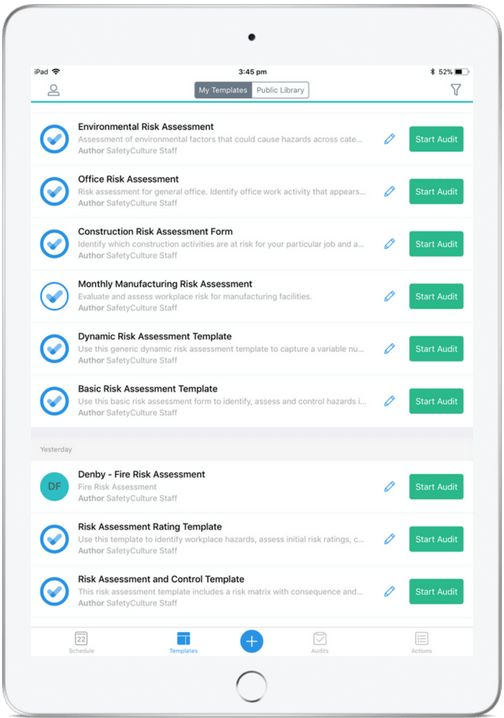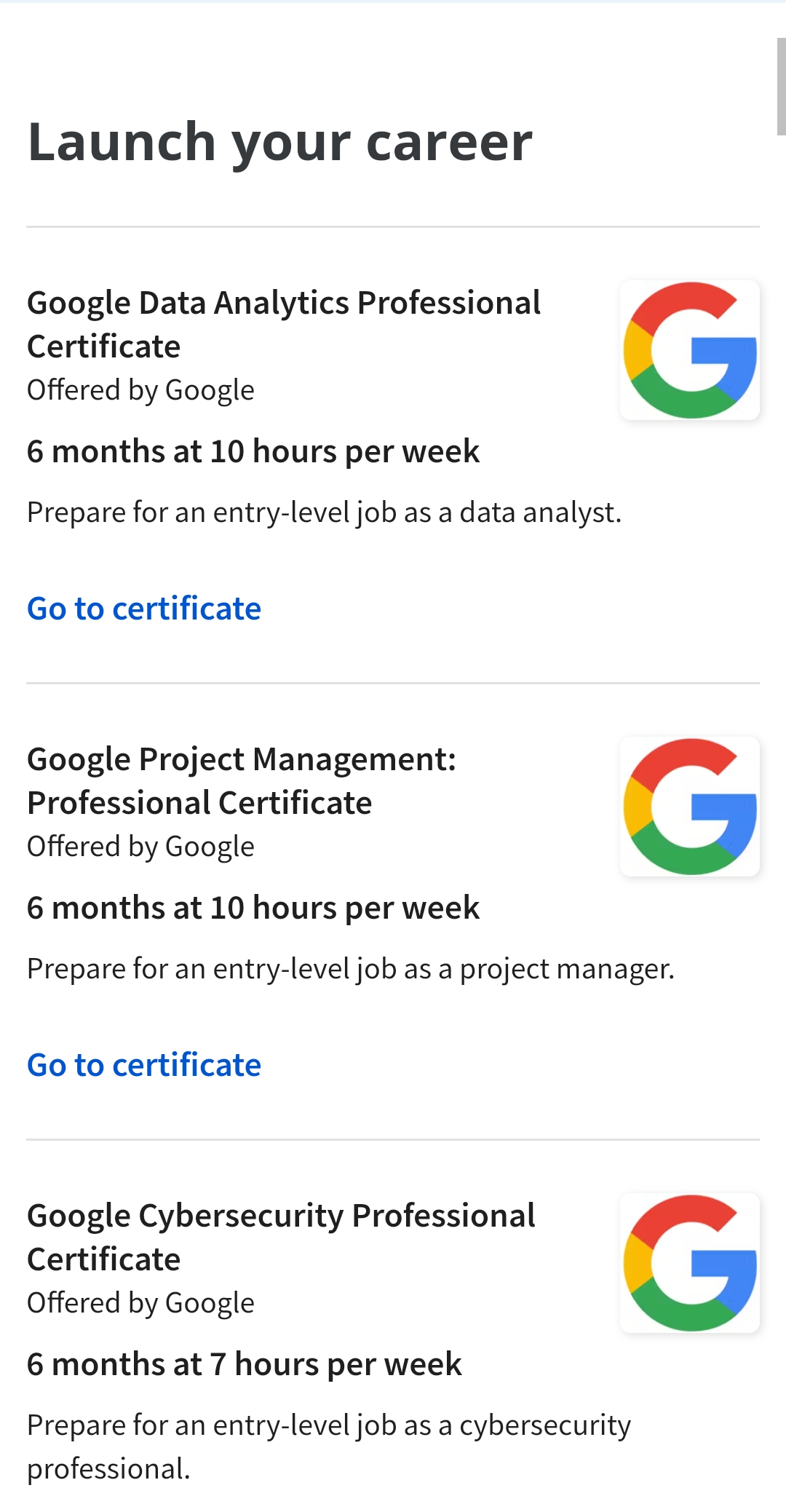Introduction
Risk assessment and response is an essential process for any organization to ensure its success and sustainability. The Guide to Risk Assessment and Response is a comprehensive framework that helps organizations to identify, assess, and manage risks effectively. In this article, we will provide an overview of the Guide to Risk Assessment and Response and its importance.
What is the Guide to Risk Assessment and Response?
The Guide to Risk Assessment and Response is a framework that provides a structured approach for identifying, assessing, and managing risks. It is designed to help organizations of all sizes and types to develop effective risk management strategies that can be tailored to their specific needs.
Why is the Guide to Risk Assessment and Response Important?
The Guide to Risk Assessment and Response is important because it helps organizations to identify and manage potential risks that may impact their ability to achieve their objectives. By identifying and controlling risks, the organization can minimize their negative impact and ensure that it is better prepared to respond to unexpected events.
Establishing the Context
Continuous Improvement
Identifying Risks
The first step in the Guide to Risk Assessment and Response is to establish the context in which the organization operates. This involves identifying the internal and external factors that may impact the organization’s objectives, as well as the legal and regulatory requirements that must be complied with.
Analyzing Risks
The second step is to identify the risks that may impact the organization’s objectives. This involves identifying the sources of risk, the events that may trigger them, and the potential consequences of those events.
Evaluating Risks
The third step is to analyze the identified risks. This involves assessing the likelihood and potential consequences of each risk, as well as the organization’s ability to control or mitigate those risks.
Treating Risks
The fourth step is to evaluate the identified risks. This involves comparing the risks against the organization’s risk criteria to determine their priority and the appropriate response.
Monitoring and Reviewing Risks
The fifth step is to treat the identified risks. This involves selecting and implementing appropriate risk management strategies, such as avoiding, transferring, mitigating, or accepting the risk.
Communication and Consultation
The sixth step is to monitor and review the effectiveness of the risk management strategies. This involves regularly reviewing the risks and the effectiveness of the response strategies, and making adjustments as necessary.
Documentation
The seventh step is to communicate and consult with stakeholders. This involves sharing information about the risks and the risk management strategies with all relevant stakeholders, including employees, customers, suppliers, and regulators.
Continuous Improvement
The eighth step is to document the risk assessment and response process. This involves creating a record of the risks, the risk management strategies, and the outcomes of the process.
You might find these FREE courses useful
Conclusion
The final step is to continuously improve the risk assessment and response process. This involves regularly reviewing and updating the risk management framework to ensure that it remains up-to-date and effective.






